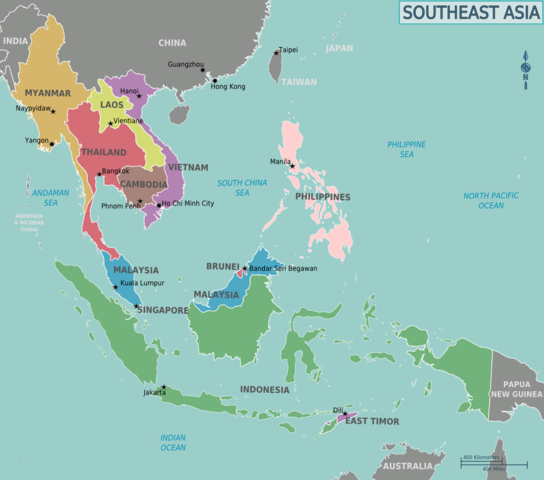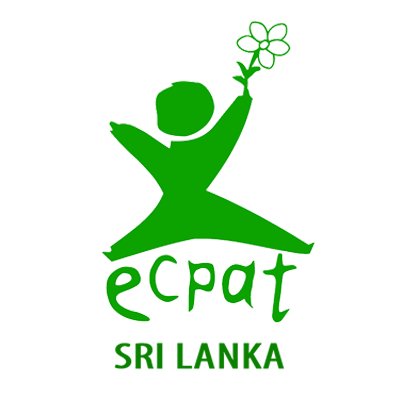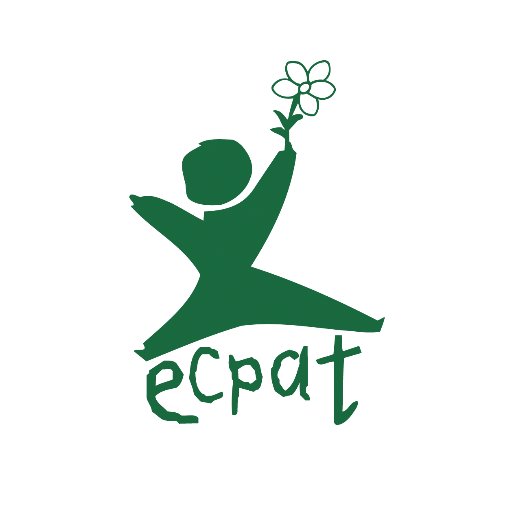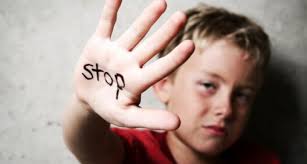
Sexual exploitation of children is an increasing concern across Southeast Asia
Outdated laws and weak legal enforcement are increasing the risk of the sexual exploitation of children across Southeast Asia says a new report.
Traditional elements of the sexual exploitation of children, such as child marriage and human trafficking continue to be an issue, says NGO ECPAT International’s “The Sexual Exploitation of Children in Southeast Asia,” which explores the phenomena in 11 countries in the region. However, the report says that this has been aggravated in recent years by a low level of awareness about the issue, along with increased regional tourism and the proliferation of the internet
“The rapid growth in tourism exacerbates the sexual exploitation of children in the region,” says the study. “Further exacerbating the situation has been the dramatic development in Internet and communications technologies, which have increased and diversified opportunities to sexually exploit children, or to profit from the sexual exploitation of children.”
ECPAT says that underlying these risk factors is a weak legal infrastructure in many Southeast Asian countries, which is allowing offenders to act with impunity. And it is not just foreigners who are to blame, perpetrators today are largely from the region. “Although tourists from Western countries are still a significant problem, it is a popular misconception that they constitute the majority of child sex offenders,” says Rangsima Deesawade, ECPAT’s Regional Coordinator for Southeast Asia. “Most offences in Southeast Asia are committed by nationals of countries in the region or other parts of Asia.”
According to the new study, whilst traditional tourism destinations such as Thailand and the Philippines continue to pose a threat to children, due to cheap travel and accommodation options, other countries such as Cambodia, Indonesia, Myanmar and Viet Nam have become popular hotpots for child sex offenders.
The report also highlights the increasing danger posed by expanding access to the Internet, which it says is imperiling children and placing them at greater risk of abuse and exploitation. It claims that the production of online child sexual abuse material in the Philippines now generates up to US$1 billion of annual revenue; some countries in the region have been identified as major hosts of child sexual abuse images; and in Lao PDR, some CD shops openly sell child sexual abuse material.
“The threat of online sexual abuse is something faced by children around the world,” says Deesawade. “And as Southeast Asia becomes increasingly connected, it becomes more connected to this global problem.”




